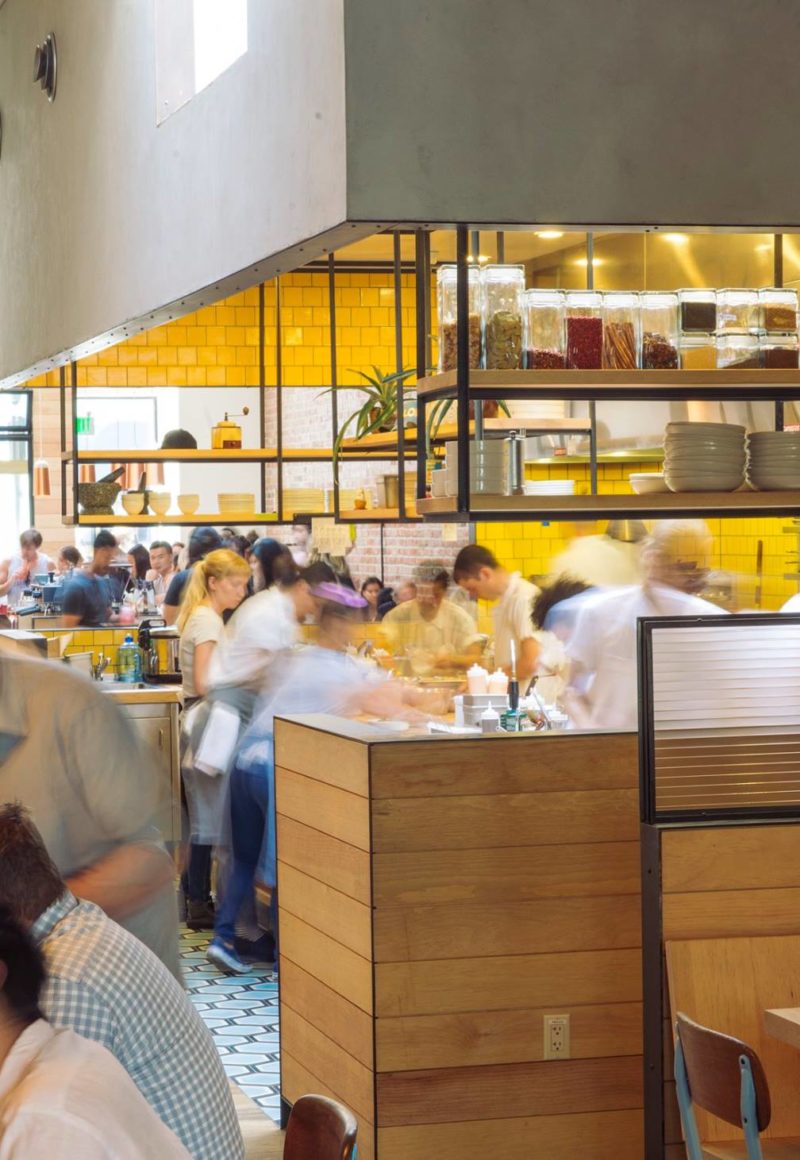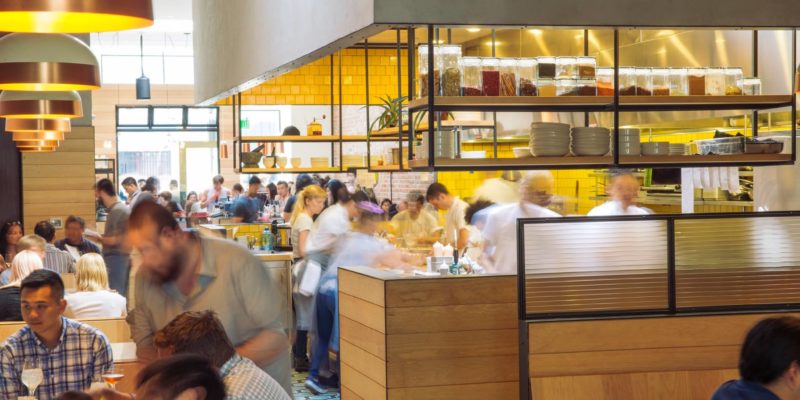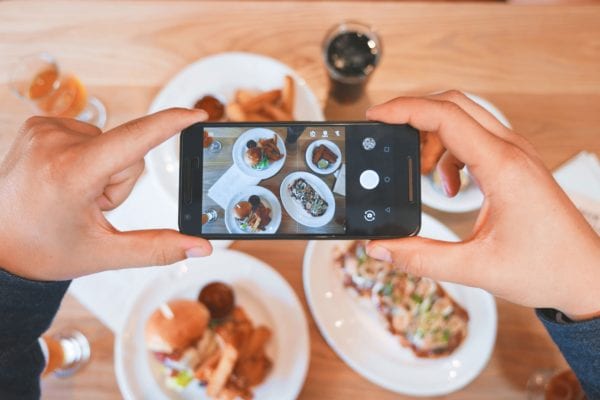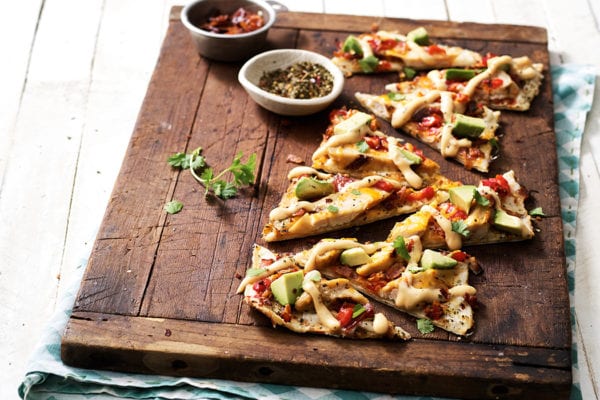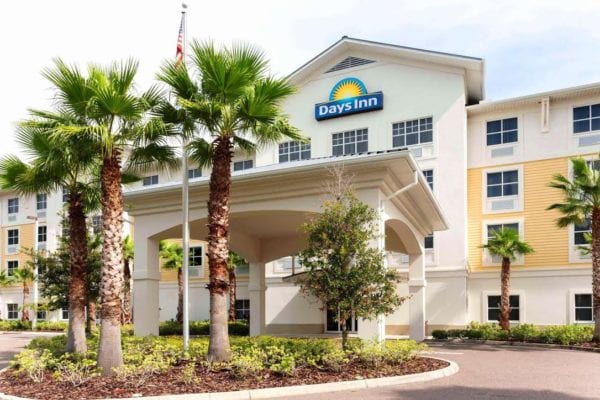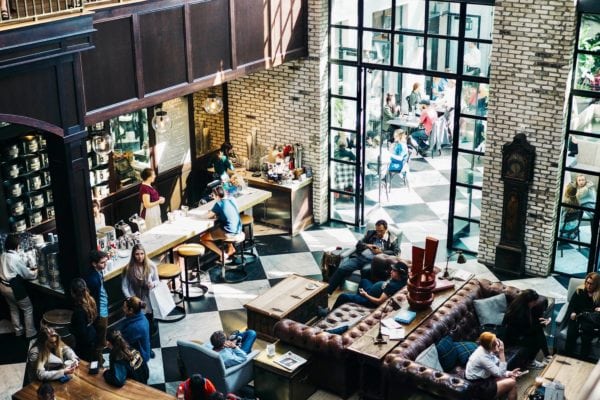Skift Take
In a competition for high-quality restaurant partners, Yelp has the advantage of leveraging a company's success on its platform of highly searchable user-generated ratings and reviews.
— Kristen Hawley
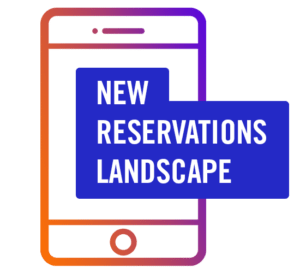 Yelp’s restaurant business, driven largely by its robust and popular review site, has grown to encompass many aspects of font-of-house restaurant operations, from wait list management to reservations and table management, diner loyalty, CRM, and, obviously, reviews, and ratings.
Yelp’s restaurant business, driven largely by its robust and popular review site, has grown to encompass many aspects of font-of-house restaurant operations, from wait list management to reservations and table management, diner loyalty, CRM, and, obviously, reviews, and ratings.
As part of Skift Table’s larger look at the new reservations landscape, we sat down with business and corporate development SVP, Chad Richard, for a look at how a business that got its start in user-generated content has evolved to become a resource for the restaurant business. “Three years ago what we had to offer restaurants was so different than what we do now. Yelp has always been an amazing place to promote your restaurant, but it wasn’t really helping you run your restaurant,” he says.
With 5,000 restaurants in U.S. and Canada on Yelp Reservations, they’re still scratching the surface of a huge industry – competitor OpenTable has 43,000 restaurants. Richard admits that well-rated restaurants on Yelp get the most out of its other restaurant-centric products, including its reservations service built from a SeatMe acquisition in 2013. Restaurants make up nearly one in five listings on Yelp, which has amassed a sum total of 135 million reviews.
The company also offers a product called Nowait, a type of virtual wait list, to capture business at restaurants that don’t take reservations. Last year, Yelp launched its loyalty program, Yelp CashBack, which stretches beyond restaurants to many other businesses on the platform. It signaled its focus on the in-restaurants business with the $284 million sale of delivery service Eat24 to Grubhub in August.
Here’s how the company approaches its work with restaurants.
Yelp Reservations started as SeatMe. How has it evolved?
Chad Richard: There was a rudimentary product in place, but there was also the question of how to evolve the product. Once we got the product to where we wanted it to be, we had to figure out how to bring it to market in a space that already had an incumbent player. We have this ability to bring audiences to restaurants, and then our first step was transacting as a whole. How can we help consumers connect on that next level with restaurants?
What sort of restaurant uses the platform? New restaurants that are getting started, or existing restaurants that are switching?
Richard: It’s both. Because of the high velocity of new restaurants opening, that’s an obvious area of focus for us as well, but the better rated, better reviewed, popular restaurants that are busy are the ones that just see the most comparative value.
We have a challenge in that changing out a restaurant’s table management software is not trivial. It’s all or nothing, and we understand that it’s a big decision. It takes a little while, but you can see now through adoption in the marketplace that’s really working well for restaurants. They love the business model. The great restaurants out there love getting the audience from Yelp because we have not only a large consumer base but a large consumer base that’s really passionate about good food and good dining experiences. Plus, the demographic of people who use the service is the demographic that restaurant owners want to market to.
Because we are Yelp, we know the popular restaurants.We know what people are interested in, and that’s been our focus. It’s an advantage for us coming into the market as opposed to if we were a new player. Anyone can build a network of restaurants, but without having consumer demand it’s probably not going to be so effective for the businesses.
And the Nowait product is meant to complement reservations?
Richard: It’s a very complimentary service to what we’ve had with Yelp Reservations, but from a consumer mindset it’s all about finding a table. It might be finding a table as soon as possible, or it might be finding a table at some scheduled point in the future. To the restaurants, it’s in both cases helping manage maximum throughput and table turns that they can be more profitable during their busiest times.
Reservations are addressing a market of probably about 100,000 restaurants in the U.S. It’s relatively small group of businesses. The interesting thing about Nowait is it services the casual dining market and it’s focused on these high-traffic, high-volume casual dining experiences, which are a much larger space of anywhere between 300,000 and 500,000 restaurants. What it is it’s a very modern approach to how restaurants can manage the flow of their business.
Traditionally, the way this has happened and our competitor in the space is pen and paper. We’ve replaced the pen and paper at the host stand with an iPad, and we’ve allowed consumers to go ahead and get in line remotely. I think with the size of our consumer network and the combination of what we’re doing between wait list management and reservations, we have a real opportunity to help restaurants run more effectively, create better personalized experiences that should retain diners more often and delight them more frequently.
How does loyalty play into this?
Richard: We launched Yelp Cash Back at the end of last year. Cash Back is a loyalty and retention program for restaurants to reward customers. As a consumer you can go ahead and sign up for Yelp Cash Back by entering your credit card in the Yelp app, and you’ll see a list of as you’re on Yelp looking for restaurants, you’ll see places that offer 10 percent cash back. All you do is use the same credit card you signed up to the Yelp Cash Back program to pay, so it’s a card-linked offer. You don’t need to show up with a coupon. You don’t need to whip out a QR code. You don’t need to embarrass your date or yourself at your business meeting. It’s an exciting new thing that’s been really popular with restaurants. There are about 10,000 businesses in the program today. Most of them are restaurants.

